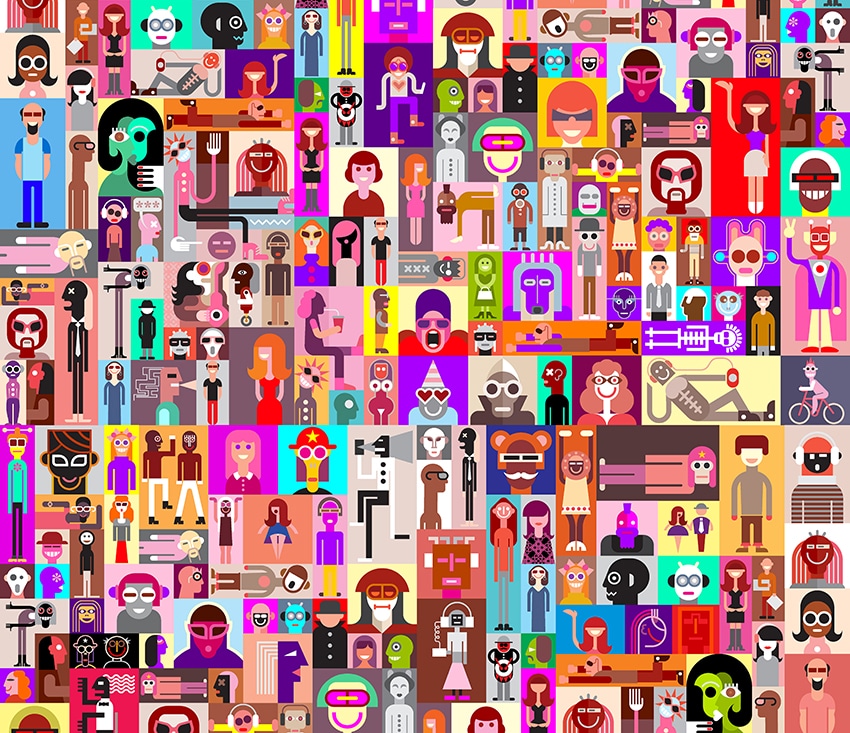Whoa. There are around eight billion humans on planet earth. (And counting!) Each person has unique needs, tastes, and priorities that shape their individual consumer behavior. When it comes to product design, that could be seen as a mind-boggling hurdle, but Catalyst recognizes a massive opportunity here. Helping our clients claim the largest possible share of their total market is the ultimate goal. So how do our designers come up with innovative, new products that appeal to the most consumers?
Balancing between form and function within the constraints of common manufacturing methods is a hallmark of Catalyst designs. In a previous conversation, two of Catalyst’s main Industrial Designers explained the importance of our Reality Driven Design approach to product development. Let’s take that conversation with Paul and Andrew a step further to visit a few key factors in designing a new product with mass appeal.
Keep It Fresh
The designers at Catalyst constantly turn out creative ideas in a wide array of product categories. That seems like a huge challenge. Where do you find inspiration day after day?

Andrew- “You find your muse; you find your inspiration from your experiences. I’ve seen many different designers over the years and how they work. I remember one gentleman that we worked with, he closed his eyes and he visualized what he’s thinking of, and then he would transfer that image in his mind to paper. I know I sometimes design like that. You sketch it, you use markers, you model it in CAD. We like to be very interactive with our clients, and I think that helps them get engaged in the process. And then we can help the world see their dreams in that way.
It’s pretty exciting for me. But sometimes designers might get focused on one idea, and they have to remember to let go and move on. That way they’re not locked down or burdened up front and losing the opportunity to be creative. You know, if I hit a moment where I need to generate more content, more concepts … it’s kind of funny, I just let my pencil talk to me. I just lay it on paper, and I just let the pencil flow and see what happens. As I start to sculpt the form on paper, I’ll start to see what it is. And that helps me think of new concepts, different concepts, instead of just sketching the same thing over and over. You know, we’re wanting to show a lot of options. And that’s one trick that I know I’ve used.”

Paul- “When I think about sources of inspiration, I guess I think of it a little differently. I tend to think about external things that inspire me on a particular solution. I think it depends upon the product or the specific client. But I would say in general, I’m always inspired by simple solutions that just totally nail a problem in the simplest possible way. That’s where I’m operating from.
I guess it’s more of a philosophy, but I’m always so struck by products that I see and it’s just like an aha moment, like, ‘Oh my gosh, that’s brilliant!’. The design is nothing more than it needs to be and it’s solving the problem in the simplest, most efficient way possible. I’m not excited about bells and whistles. But it’s always a yin and yang type thing. You know, there’s always the push and the pull between being simple, but also achieving all the functionality you need. And that’s what makes it exciting and keeps me coming back, as they say.”
Go From Good To Great
Initial concept sketches sometimes look very different from the final design. What guides these changes? How do you know you are moving in the right direction?
Paul- “You have to be open to the fact that maybe you don’t have all the answers. That’s why we really like to encourage our clients to invest in that research step because at the end of the day, it shouldn’t be about you or me or even our client. It’s the end user, it’s the end customer. So, what do they want? That’s where the research is really important. So not only do we talk to users and see what their needs are to define the pain points, but we actually are taking these new concepts back to the end user to guide design revisions.

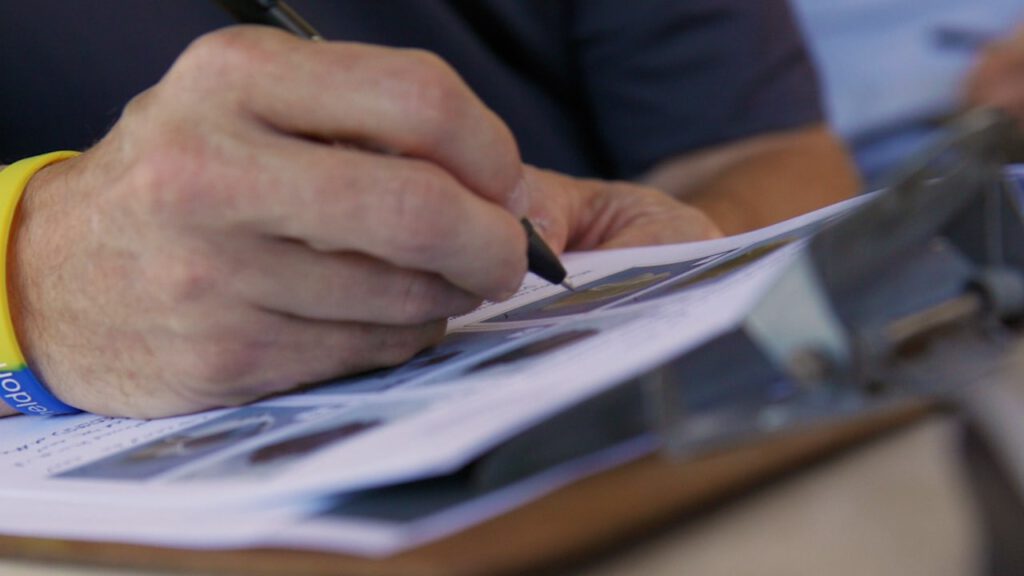
As long as the client is open to going through our process, then let’s trust the process. Why leave it solely up to us or our client sitting in a room? You need to have the research to back up a design or at least know where you’re going. That’s when the design is most successful because you’re able to eliminate all those biases and then focus on that solution. You know you’re on the right track at least when you have that research to back it up and it’s getting that validation from the consumer you’re designing for that is really helpful.”
Andrew- “I think back to a Hunter fan project we did and how we engaged with electricians to give us input. We provided solutions that were meaningful to them. They weren’t complicated, but they were really meaningful, and that product still is on the market right now.
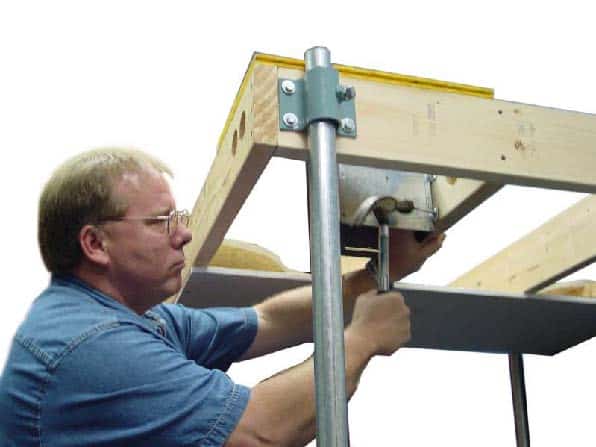
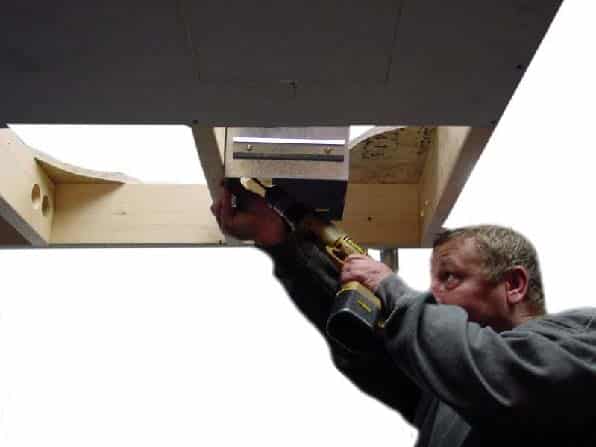
Then we also had a car seat project where we did voice of customer research and initially, things didn’t go as well as expected. The important thing was that we listened to what the consumers were saying, and we reacted. We brought that data back, we made some changes, and that product was one of their best sellers for many years.
There are times when we take on design projects, they’re not always something that we have experience using. In those cases, field research is critical. We’ll go out and see people overcoming deficiencies in a product design or something they are using. In some cases, they wouldn’t have even mentioned those issues in an interview. So that’s all part of the experience that we can bring our customers, we can coach them through revisions and help them know how and when to listen to that feedback.”
Compromise Is King
It must be difficult for a designer or client who is emotionally invested in a concept direction when it receives negative feedback. How do you navigate that issue?
Paul- “If you’ve been a designer for long enough, you can learn to become a bit emotionally detached from any single idea. You do still have those ideas where you’re like ‘Oh, this is it, this is the one!’. Then the client is not so enthused, or it tests poorly in the field. You just have to stay humble when you get that negative feedback. I think it’s just kind of ‘Ok, let’s look at the next idea.’ That’s the advantage to having a lot of diverse concepts because then there will be something there that is received well. There’s always that balance between the client’s expectations and goals, your personal design philosophy and feedback we get from the research. When a design is most successful, all of those things really marry up.”
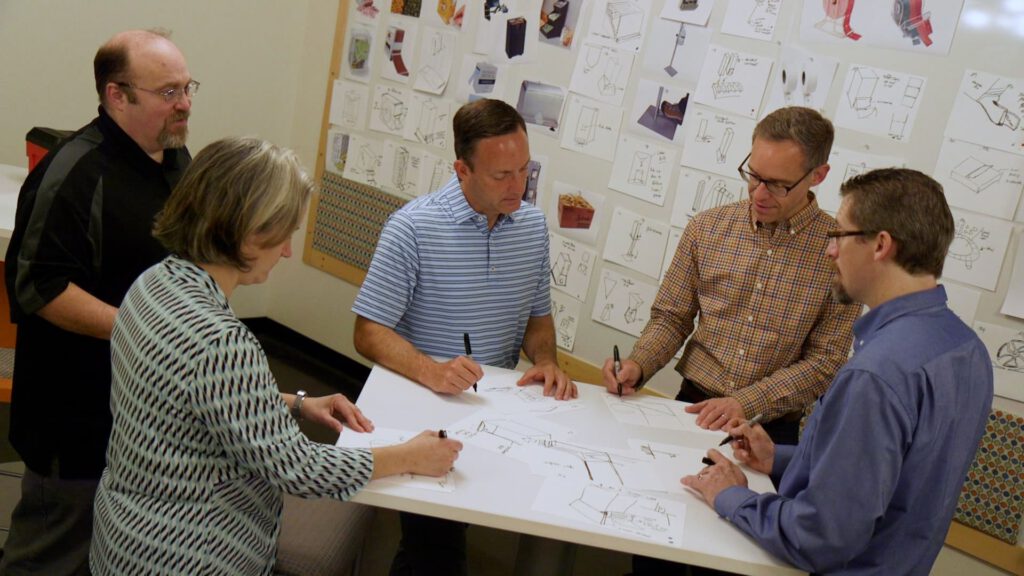
Andrew- “One of the powerful things about our team is that we generate a lot of content. So, I think it’s easier to not get so attached whenever you can generate 20 or more concepts in different styles. I think one of the things that it’s important for people to understand is that there’s more than one way to answer a problem.
Sometimes clients can get really locked in on one idea and they’re not open to exploring the possibilities. One of the things I’ve shared with people is that you’re never going to find the best solution if you don’t go look for it. Let’s get those ideas out in front of people. Let’s show the world, and there’s a good chance that one of those concepts is going to be magic.”
While consumer products are as varied as the people who buy them, the design process by which these products are conceived is often much the same. The Catalyst design process is built to help your product capture more market share. For expert help in navigating your design journey, Contact Us.
